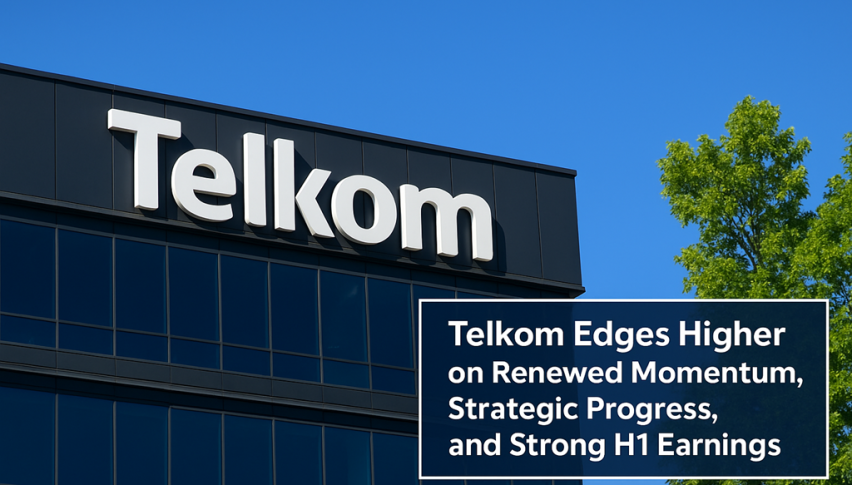SARB Cuts Repo Rate in South Africa, Rand Doesn’t Care as USD/ZAR Holds Bearish
South Africa’s central bank has lowered interest rates in a sign of growing confidence that inflation is moving toward long-term stability.

Quick overview
- The South African Reserve Bank has reduced its key interest rate by 25 basis points to 6.75%, signaling confidence in long-term inflation stability.
- Finance Minister Enoch Godongwana's endorsement of a 3% inflation target aligns with the central bank's focused approach to monetary policy.
- Improved fiscal conditions and stronger tax revenues have led to an upgrade in South Africa's credit outlook by S&P Global Ratings.
- Despite the rate cut, the South African rand has strengthened against the U.S. dollar, indicating positive market sentiment.
South Africa’s central bank has lowered interest rates in a sign of growing confidence that inflation is moving toward long-term stability.
SARB Delivers a Long-Awaited Rate Cut
The South African Reserve Bank has taken a decisive step to ease monetary conditions, reducing its key interest rate by 25 basis points following a unanimous vote by its Monetary Policy Committee. This move brings the repo rate to 6.75%, with the prime lending rate now sitting at 10.25%, marking an important shift after a prolonged period of restrictive policy.
The decision aligns with the government’s renewed commitment to tighter inflation control. Finance Minister Enoch Godongwana recently endorsed a 3% target for price growth, replacing the long-standing focus on the middle of a broad 3%–6% range. That public endorsement provided political backing for the central bank’s more focused approach to stability.
Improving Fiscal Outlook Boosts Confidence
Godongwana’s statement came as part of his mid-term budget address, which revealed stronger-than-anticipated tax revenues and a more disciplined approach to state spending. These encouraging signs did not go unnoticed by international markets. In response to the improving fiscal picture, S&P Global Ratings upgraded South Africa’s credit outlook for the first time in decades, signaling renewed confidence in the country’s economic management.
This combination of tighter fiscal oversight and a more explicit inflation goal helped pave the way for the rate cut, as policymakers gained greater confidence that price pressures are not spiraling out of control.
Inflation Pressures Seen as Temporary
Although consumer prices edged higher in October, the increase was largely driven by short-term factors rather than broad-based inflation. According to Governor Lesetja Kganyago, spikes in specific categories such as red meat distorted the headline number, while underlying trends remain relatively subdued.
Official data showed annual inflation at 3.6% for October — slightly above September’s 3.4% but still below market expectations. Notably, inflation has come in under forecast levels for several consecutive months, suggesting that price pressures are easing faster than previously anticipated.
Thanks to these “downside surprises,” along with a firmer currency and softer oil price assumptions, the Reserve Bank has trimmed its inflation projections for both 2025 and 2026.
Rand Strength Defies the Rate Cut
Despite the reduction in interest rates, the South African rand has continued to outperform the U.S. dollar. Since April, when the exchange rate hovered around R20 per dollar, the currency has strengthened significantly, with USD/ZAR falling toward the R17 level.
Technical indicators suggest that this trend may persist. Each attempted rebound in the dollar has been capped by key moving averages, with the 50-day line repeatedly acting as resistance. If the current pattern holds, the rand could extend its gains further, pushing USD/ZAR sustainably below the R17 level in the near term.
A Calculated Step Forward
Rather than signaling panic, the rate cut reflects a carefully calibrated response to improving conditions. With inflation drifting lower, fiscal discipline strengthening, and investor confidence returning, South Africa may be entering a more balanced and sustainable phase of its economic cycle.
- Check out our free forex signals
- Follow the top economic events on FX Leaders economic calendar
- Trade better, discover more Forex Trading Strategies
- Open a FREE Trading Account


